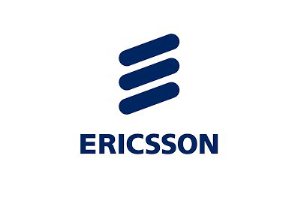The end-to-end technology milestone achieved by Ericsson will be repeated millions and billons of times in a SA 5G reality. It will enable customers to design and create network slices with ultra-reliable low latency communication services.
Ericsson Orchestrator provides the automation necessary to initiate and manage the network slices in real time. The milestone moves 5G a major step closer to fulfilling its full potential in the Internet of Things (IoT), Industry 4.0, and digitalized society.
The MWC Los Angeles demo was a successful first showcasing of Ericsson’s radio access network (RAN) SA solution with the new standalone cloud native 5G Cloud Core and Ericsson Orchestrator in an end-to-end environment. The demo used a prototype device from ecosystem partner MediaTek. The data session was carried out over the 2.6 GHz band on a network comprising AIR 6488, Baseband 6630 and Router 6000 products from Ericsson Radio System.
The demo showed how Ericsson Dynamic Orchestration can easily and quickly create a 5G Core slice, which was instantly validated by a live 5G SA data session performed from the MWC Los Angeles venue connecting back to Ericsson’s Virtual Innovation Centre in Plano, Texas.
Tomas Ageskog, head of digital services at Ericsson North America, says: “This milestone is another example of Ericsson’s end-to-end technology leadership in 5G. We continuously stretch the possibilities of the 5G ecosystem to bring out the benefits of this new technology. Our customers will be able to launch new services over secure network slices with the high performance that the SA architecture offers.”
In June 2019, Ericsson and China Telecom successfully achieved a 5G SA end-to-end data call on the service provider’s 5G trial network in Hangzhou using a commercial chipset-based terminal from MediaTek. For that 5G call, Ericsson’s new standalone 5G NR software was deployed together with Ericsson’s 5G Cloud Core solution.
5G SA will be the eventual architecture of 5G radio networks, increasing network efficiency and helping develop new use cases through the enablement of full end-to-end network slicing and provide Ultra Reliable Low Latency Communication (URLLC).
Comment on this article below or via Twitter: @VanillaPlus OR @jcvplus






